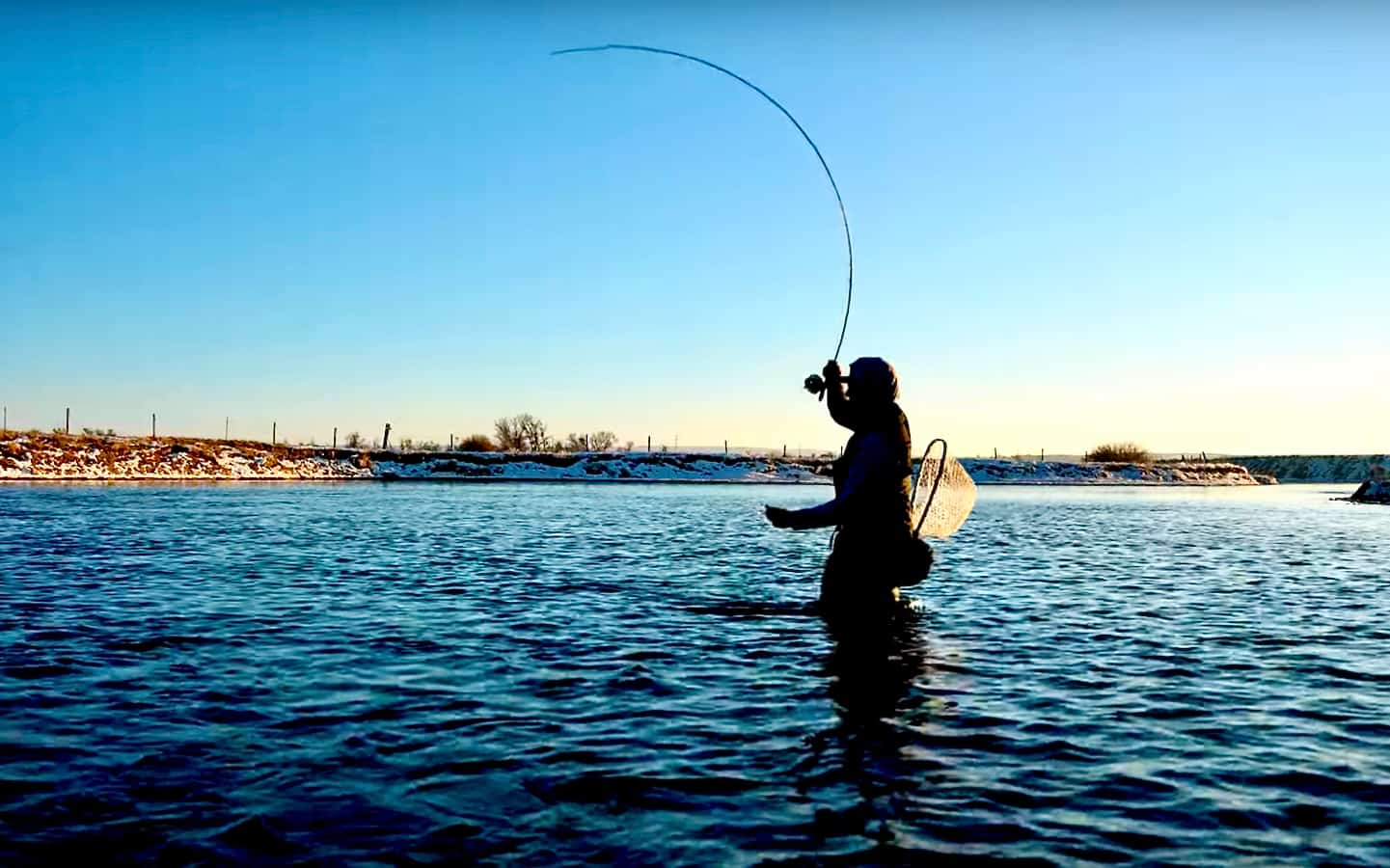Oral Arguments: When Does a River Become Navigable?
Thanks to Chicago-Kent College of Law’s “Oyez Project”, the oral arguments from the PPL Montana LLC v. Montana case can now be heard in an .mp3 download.
The case was argued in front of the U.S. Supreme Court on December 7, 2011, and it’s important because the court is trying to decide what date to use when determining if a river is navigable: does a court look at whether the river is navigable now or instead whether it was navigable when the state joined the Union. A ruling could have wide-ranging impacts on angler river-access issues nationwide, since many states base their right-to-use laws on whether a river or stream is navigable (it harkens back to days when rivers were the lifeblood of commerce).
Representing PPL Montana (referred to as “petitioners” in the oral arguments) is a who’s-who list of big names and big firms. Among them is Paul Clement, former U.S. Solicitor General (the person that represents the federal government in Supreme Court cases). The State of Montana (known as “respondent”) has not cowered, hiring a partner from a well-known, Washington, D.C. based firm as well as various attorneys from the State of Montana.
For context, The Supreme Court has released opinions a month or two after oral arguments but typically releases its opinion before the term is over in late June or early July. Prior to oral arguments, both parties submitted briefs to the Court outlining their cases. Those too are available if one is especially ambitious (PPL Montana under Petitioner’s briefs and the State’s under respondent’s).
Especially interesting in cases with wide implications, such as this one, is the parties who file “amicus curiae briefs.” An amicus curiae is translated as “friend of the court.” Parties who have an interest in the decision can write briefs to the court on behalf of a party in the case.
Video Hatch: Eastern Brook Trout Conservation
Rally for the Colorado River











